Traditional dance competition: "Dancing Devils of Yare" - @mundomanaure/Concurso bailes tradicionales: "Diablos Danzantes de Yare" - @mundomanaure [ENG/ESP]
9
About :
Good afternoon greetings to this Celf Magazine community, I am finally here sharing my dance in this interesting contest, to which @ elemarg25 invited me, thank you for your invitation
Buenas tardes saludos a esta comunidad de Celf Magazine, por fin estoy por aquí compartiendo mi danza en este interesante concurso, al cual me invitó @elemarg25, gracias por tu invitación.
Today I come to present you a dance that I like a lot, it is from my Miranda state and is called the Dancing Devils of Yare, which I learned to dance in the dance group "Danzas diora" and well, what is learned well is never forgotten; I loved going back to these spaces of the body, I love everything that one can do in Hive, without anything else to say I will leave you the information. Historical and cultural of this dance.
Hoy vengo a presentarle una danza que me gusta mucho es de mi estado Miranda y se llama los Diablos Danzantes de Yare, la cual aprendí a bailar en el grupo de danza "Danzas diora" y bueno lo que bien se aprende nunca se olvida; me encantó volver a estos espacios del cuerpo, me 3ncabta todo lo que uno puede hacer en Hive, sin más nada que decir les dejaré la información. Histórica y cultural de está danza.
The Dancing Devils of Yare are a religious festival that is celebrated in San Francisco de Yare, Miranda State (Venezuela), on the day of Corpus Christi, carried out by the "Sociedades del Santísimo Sacramento". The festival is a local version of the dancing devils of Corpus Christi.
Los Diablos Danzantes de Yare son una festividad religiosa que se celebra en San Francisco de Yare, Estado Miranda (Venezuela), el día de Corpus Christi , llevada a cabo por las "Sociedades del Santísimo Sacramento". La fiesta es una versión local de los diablos diablos danzantes de Corpus Christi.
Its origin dates back to the XXVIII century, this being the oldest brotherhood in the American continent and the largest in the world. The devil fraternity is divided into a hierarchical order, represented in their masks.
Su origen se remonta a siglo XXVIII, siendo esta la hermandad más antigua del continente americano y la más grande del mundo. La fraternidad de diablos está dividida en un orden jerárquico, representado en sus máscaras.
Every Thursday of Corpus Christi (9 Thursday after Holy Thursday) a ritual dance of the so-called dancing devils is performed, where the Blessed Sacrament of the Altar is worshiped and the triumph of good over evil is celebrated. They dress in completely red robes and grotesque-looking masks, in addition to the use of crosses, scapulars, rosaries and other amulets as protection against evil spirits.
Cada Jueves de Corpus Christi (9 jueves después del Jueves Santo) se hace una danza ritual de los llamados diablos danzantes, donde se rinde culto al Santísimo Sacramento del Altar y se celebra el triunfo del bien sobre el mal. Se visten con trajes completamente de color rojo y máscaras de apariencia grotesca, además del uso de cruces, escapularios, rosarios y otros amuletos como protección contra los malos espíritus.
The Devils dance to the beat of the box, a typical drum and dance through the streets of the town, on different altars and in front of the church, representing the challenge of evil to good, but when facing the presence of Jesus in the Eucharist the mask icing on the floor as a sign of surrender and not being able to defeat him. The cashier touches rest, all those who are dancing kneel in adoration, to pray or spiritual connection where the promesero asks the Blessed Sacrament to solve a health problem or to thank a favor granted.
Los Diablos danzan al son del repique de la caja, un tambor típico y bailan por las calles del pueblo, en diferentes altares y frente a la iglesia representando el desafío del mal ante el bien, pero cuando se está frente a la presencia de Jesús en la Eucaristía la máscara guinda hacia el piso como señal de rendición y no poderle vencer. El cajero toca el reposo, todos los que estén danzando se arrodillan en señal de adoración, para orar o conexión espiritual donde el promesero pide al Santísimo resolver algún problema de salud o agradecer un favor concedido.
This is a purely religious manifestation where the promesero has a magical, spiritual connection with the moment in which he is in the presence of the Blessed Sacrament of the Altar. It should be noted that the celebration of the Body of Christ begins the day before (Wednesday) where the devil concentrates in the House of Devils and then heads towards the doors of the church at twelve o'clock in the afternoon, dancing with the masks in face until they are opened and the masks fall in surrender. Once they have been surrendered and the drum with the rest peal, the priest proceeds to give the blessing and permission to dance throughout the town before the more than 90 altars distributed between the days that this manifestation is celebrated (Wednesday, Thursday and Sunday, this calling it like the octavite). As the afternoon falls, the procession starts from the Green Cross of the Stonework to the church where the Blessed Sacrament is kept until the next day, but the devils continue their journey to the Cross of Calvary and to the place where the first Society of Dancing Devils of Yare, known as the house of Cayetana Valdez in the El Calvario sector, ending the ritual for that day at La Casa de los Diablos
Esta es una manifestación netamente religiosa donde el promesero tiene una conexión mágica, espiritual con el momento en que se está ante la presencia del Santísimo Sacramento del Altar. Cabe destacar que la celebración del Cuerpo de Cristo comienza el día anterior (miércoles) en donde la diablada se concentra en la Casa de los Diablos para luego dirigirse hacia las puertas de la iglesia a las doce en punto del mediodía, danzando con las máscaras en la cara hasta que estas se abren y caen las caretas en señal de rendición. Una vez rendidos y el tambor con el repique de reposo el presbítero procede a dar la bendición y permiso para danzar en todo el pueblo ante los más de 90 altares distribuidos entre los días que se celebre esta manifestación (miércoles, jueves y domingo, este llamándolo como la octavita). Cayendo la tarde parte la procesión desde la Cruz Verde del Empedrado hasta la iglesia donde se guarda el Santísimo hasta el siguiente día, pero los diablos continúan su recorrido hasta la Cruz del Calvario y al lugar donde fue fundada la primera Sociedad de los Diablos Danzantes de Yare, conocida como la casa de Cayetana Valdez en el sector El Calvario, finalizando el ritual por ese día en La Casa de los Diablos.
Link: https://es.m.wikipedia.org/wiki/Diablos_danzantes_de_Yare

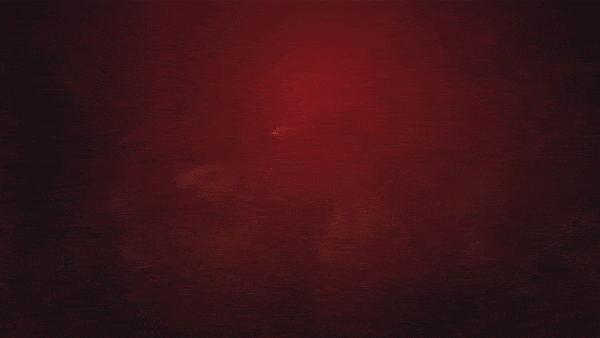
Tags :
Their limit for today is $0!

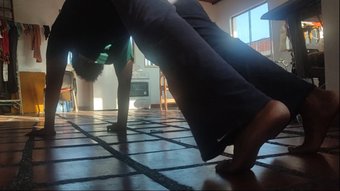

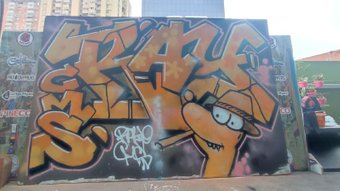
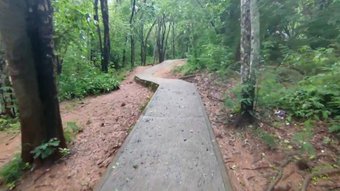

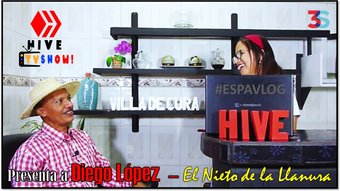













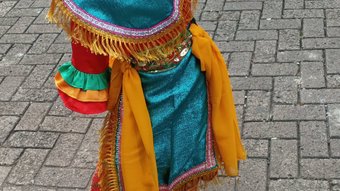



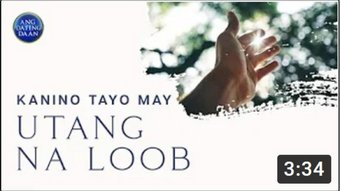
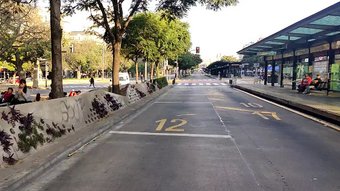


Comments:
Reply:
To comment on this video please connect a HIVE account to your profile: Connect HIVE Account